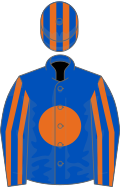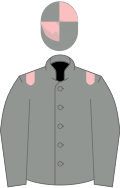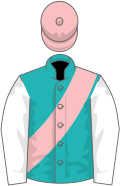| Class | Group 1 |
|---|---|
| Location | Ascot Racecourse Ascot, England |
| Inaugurated | 1873 |
| Race type | Flat / Thoroughbred |
| Sponsor | QIPCO |
| Website | Ascot |
| Race information | |
| Distance | 1m 7f 209y (3,209 metres) |
| Surface | Turf |
| Track | Right-handed |
| Qualification | Three-years-old and up |
| Weight | 9 st 2 lb (3yo); 9 st 9 lb (4yo+) Allowances 3 lb for fillies and mares |
| Purse | £531,250 (2025) 1st: £301,272 |
| 2024 | ||
 |  | 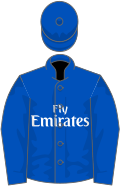 |
| Kyprios | Sweet William | Trawlerman |
| Previous years | ||
|---|---|---|
| 2023 | ||
 |  |  |
| Trawlerman | Kyprios | Sweet William |
| 2022 | ||
 |  |  |
| Trueshan | Coltrane | Trawlerman |
| 2021 | ||
 |  |  |
| Trueshan | Tashkhan | Stradivarius |
| 1990-1988 | ||
|---|---|---|
| 1990 | ||
 |  | 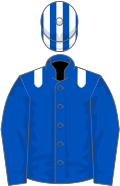 |
| Great Marquess | Dance Spectrum | Ashal |
| 1989 | ||
 |  |  |
| Weld | Sapience | Sergeyevich |
| 1988 | ||
 |  |  |
| Kneller | Raslaan | Mr Pintips |
The British Champions Long Distance Cup is a Group 1 flat horse race in Great Britain open to thoroughbreds aged three years or older. It is run at Ascot over a distance of 1 mile 7 furlongs and 209 yards (3,209 metres), and it is scheduled to take place as part of British Champions Day each year in October.



